The universe
Explore The universe
Latest about The universe
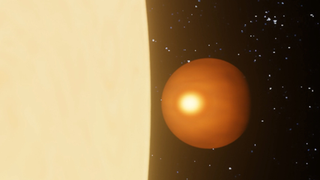
Iron winds and molten metal rains ravage a hellish hot Jupiter exoplanet
By Robert Lea published
"Iron Winds and Metal Rain." Not the title of a heavy metal album but an accurate weather prediction for a hellish exoplanet called WASP-76b.
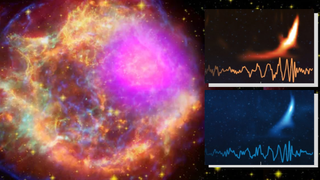
Black hole or neutron star? Gravitational wave 'chirps' can tell us what becomes of dying stars
By Robert Lea published
The current generation of gravitational wave detectors could "hear" supernovas over 65 million light-years away, helping scientists determine if a dying star creates a black hole or a neutron star.
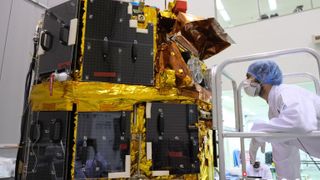
Japan's ispace will launch its 2nd lunar lander to the moon in December
By Andrew Jones published
Japanese company ispace plans to launch Mission 2, its second shot at landing on the moon, this December on a SpaceX Falcon 9 rocket.
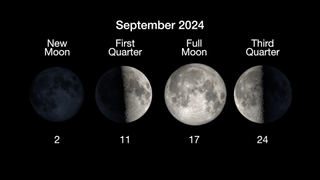
What is the moon phase today? Lunar phases 2024
By Tariq Malik last updated
Reference See what moon phase it is tonight and find out when you can see the rest of the moon phases for 2024.
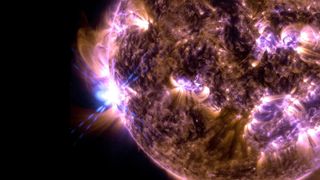
Sun fires off X-class solar flare, increasing aurora viewing chances into weekend
By Meredith Garofalo published
The sun unleashed an X1.3-class solar flare on Thursday (Sept. 12), increasing the likelihood of widespread auroras this weekend.
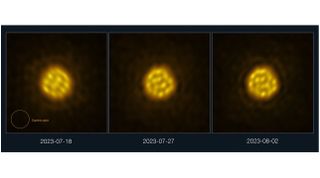
The bubbling surface of a distant star was captured on video for the 1st time ever
By Sharmila Kuthunur published
Astronomers have gotten the first-ever detailed views of turbulent activity on a star other than our own sun.
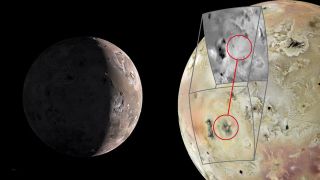
NASA's Juno probe spots massive new volcano on Jupiter moon Io
By Andrew Jones published
Researchers have spotted a huge new active volcano on Jupiter's moon Io by comparing images taken by two NASA missions more than a quarter of a century apart.
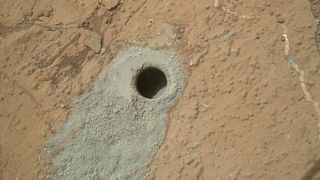
What's behind the Martian methane mystery?
By Paul Sutter published
The cause of mysterious methane spikes on Mars may be a strange form of alien life — or it may just be interesting chemistry. Either way, something odd is happening on the Red Planet.

Mystery of dwarf planet Ceres' origin may finally be solved, thanks to retired NASA spacecraft
By Robert Lea published
Was Ceres born in the main asteroid belt, or did it migrate there from the outer solar system? The answer is buried in data from NASA's Dawn spacecraft.
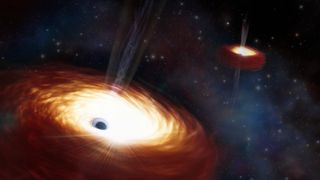
These 2 monster black holes may be the closest pair ever discovered in visible and X-ray light (video)
By Robert Lea published
The tag team of NASA space telescopes Hubble and Chandra has demonstrated that two is definitely better than one when it comes to pairings of supermassive black holes and hunting for them.
Get the Space.com Newsletter
Breaking space news, the latest updates on rocket launches, skywatching events and more!
